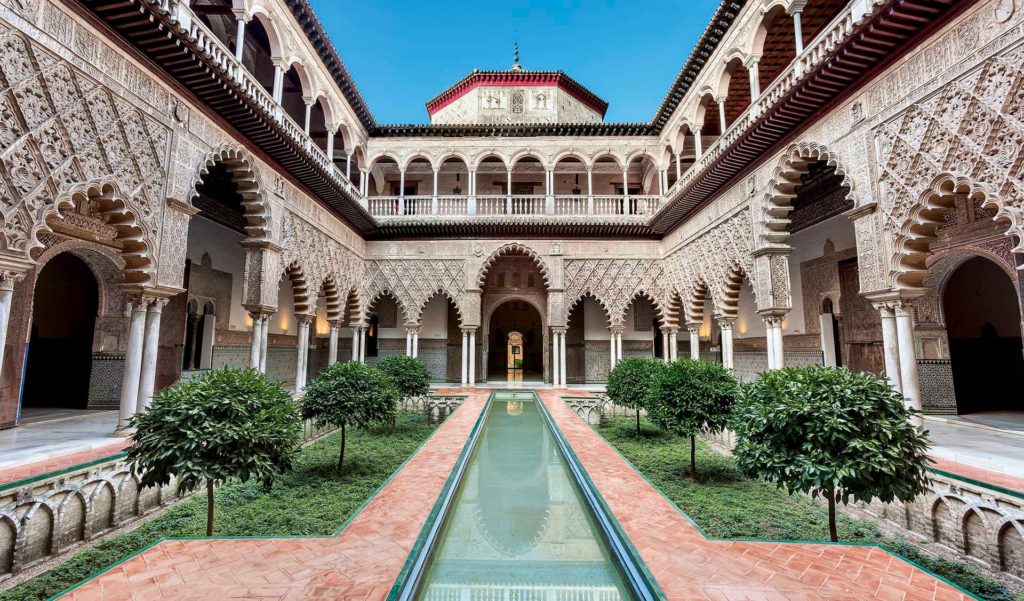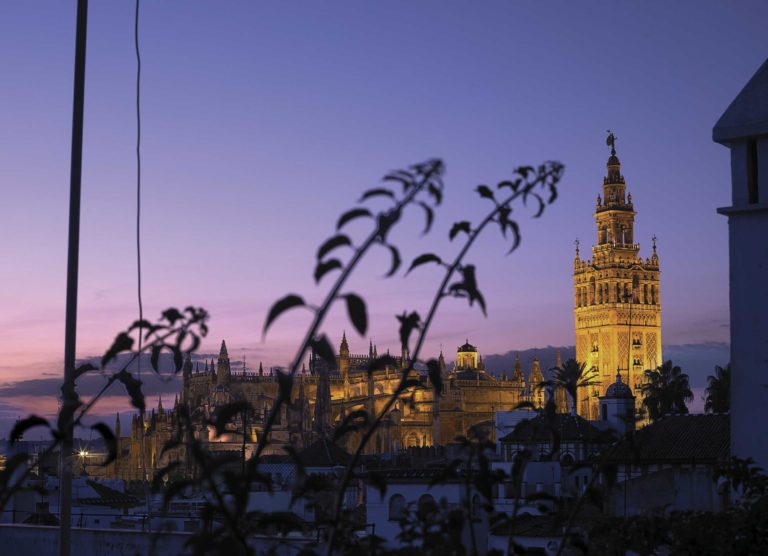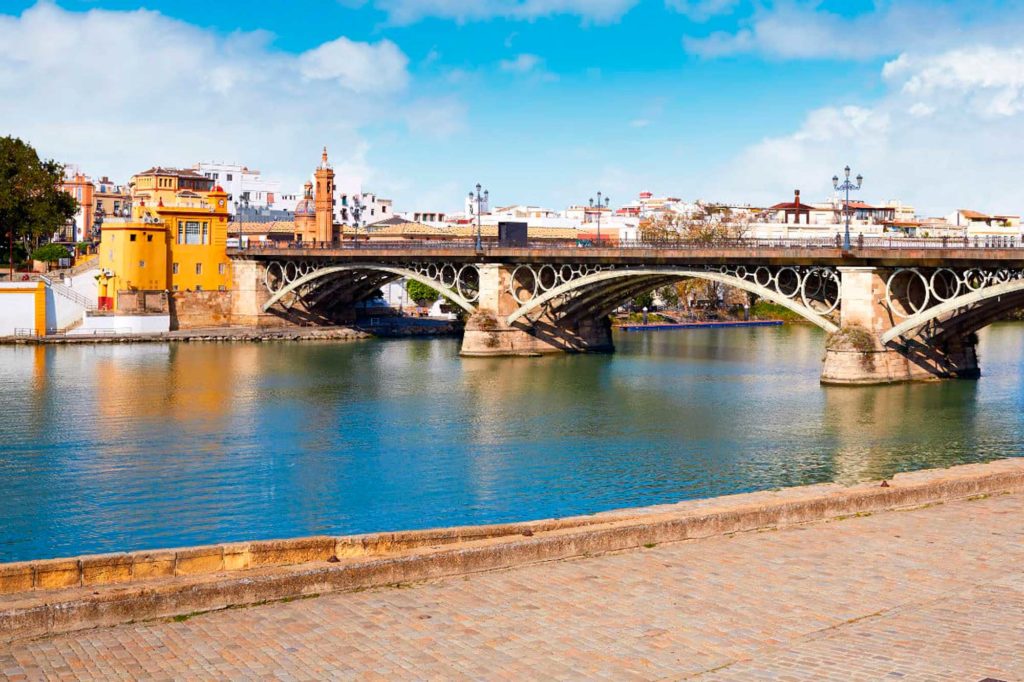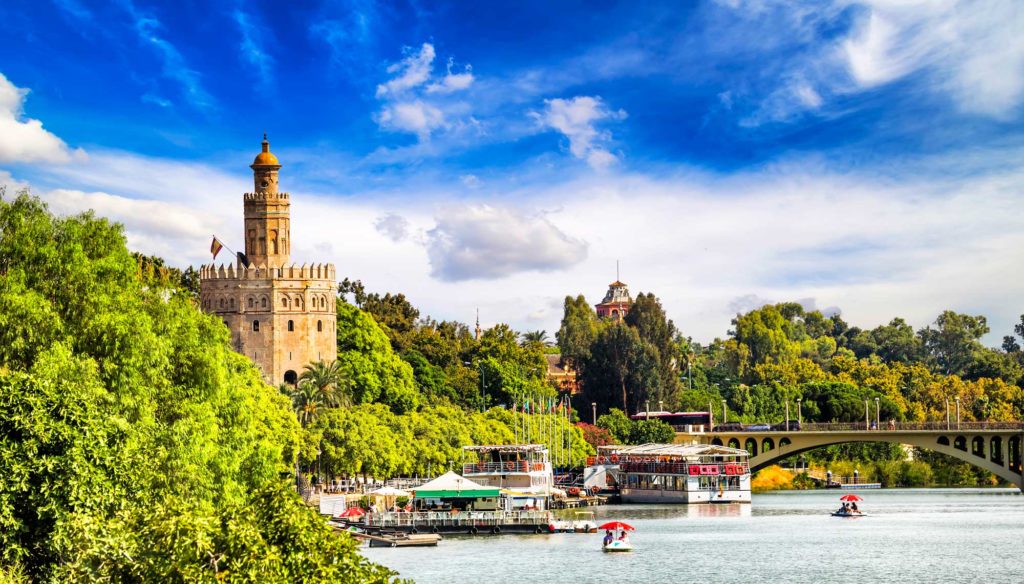Reales Alcázares
Another possibility is to head for the Ayuntamiento (City Hall) and walk along the sinuous, central street of Calle Sierpes. At the start of the street, a tiled sign reminds us of the site of the old Royal Jail. Miguel de Cervantes y Saavedra (immortal author of ´El Quijote’), was once a prisoner there.
Nearby is the Iglesia Colegial del Divino Salvador, a magnificent building which offers guided tours to visitors. Nearby is the Iglesia Colegial del Divino Salvador, a magnificent building which offers guided tours to visitors. In the early afternoon (from about two o’clock) the fun starts, and people meet to drink, talk and flirt.
This is the ideal moment to begin to visit some of the bars and restaurants in this guide.





